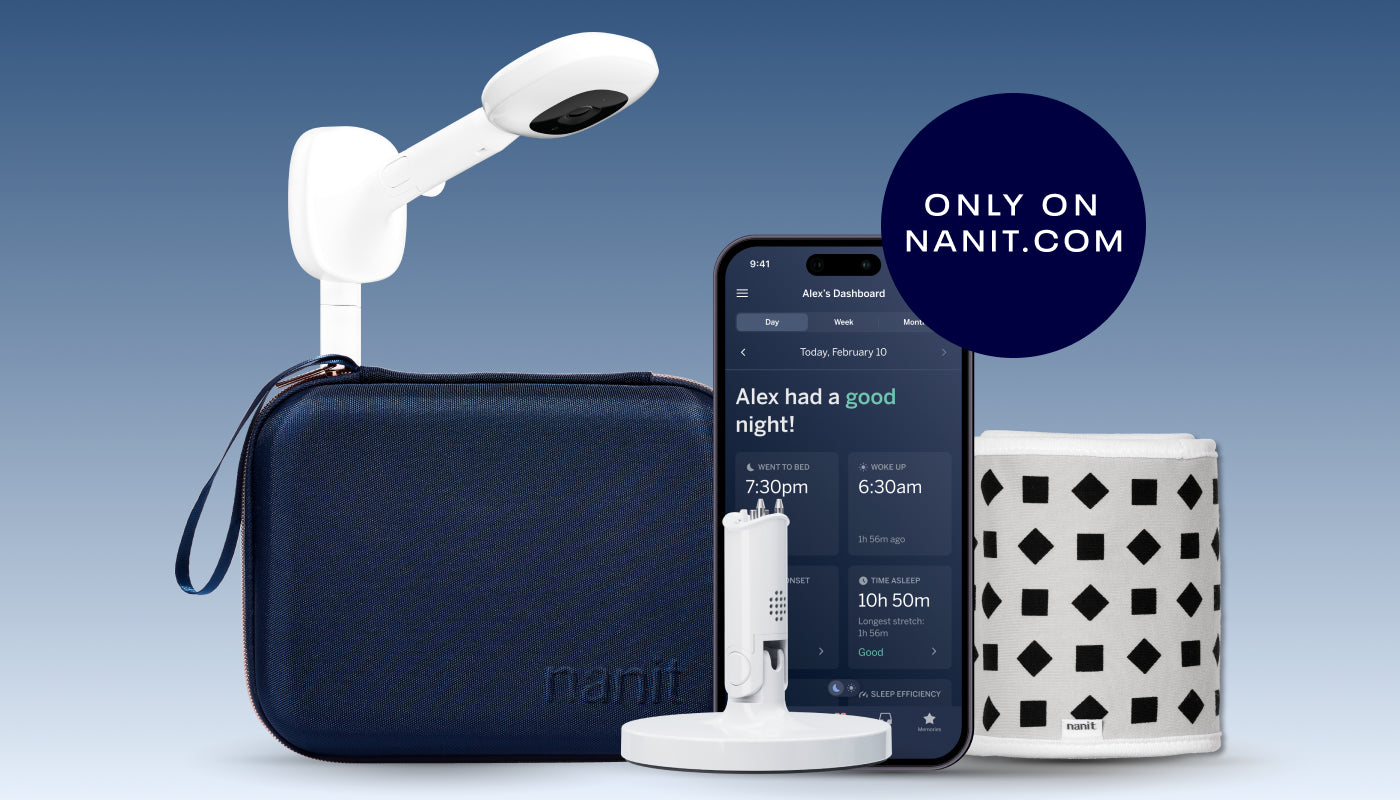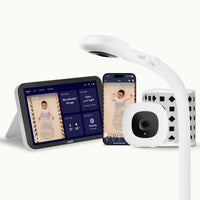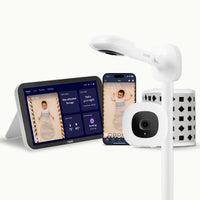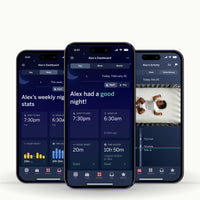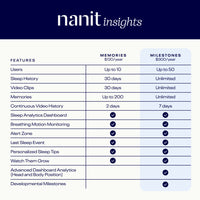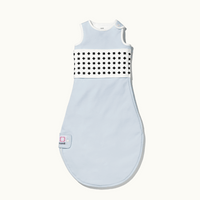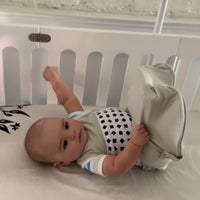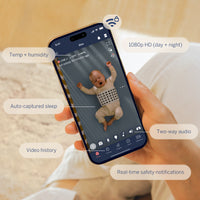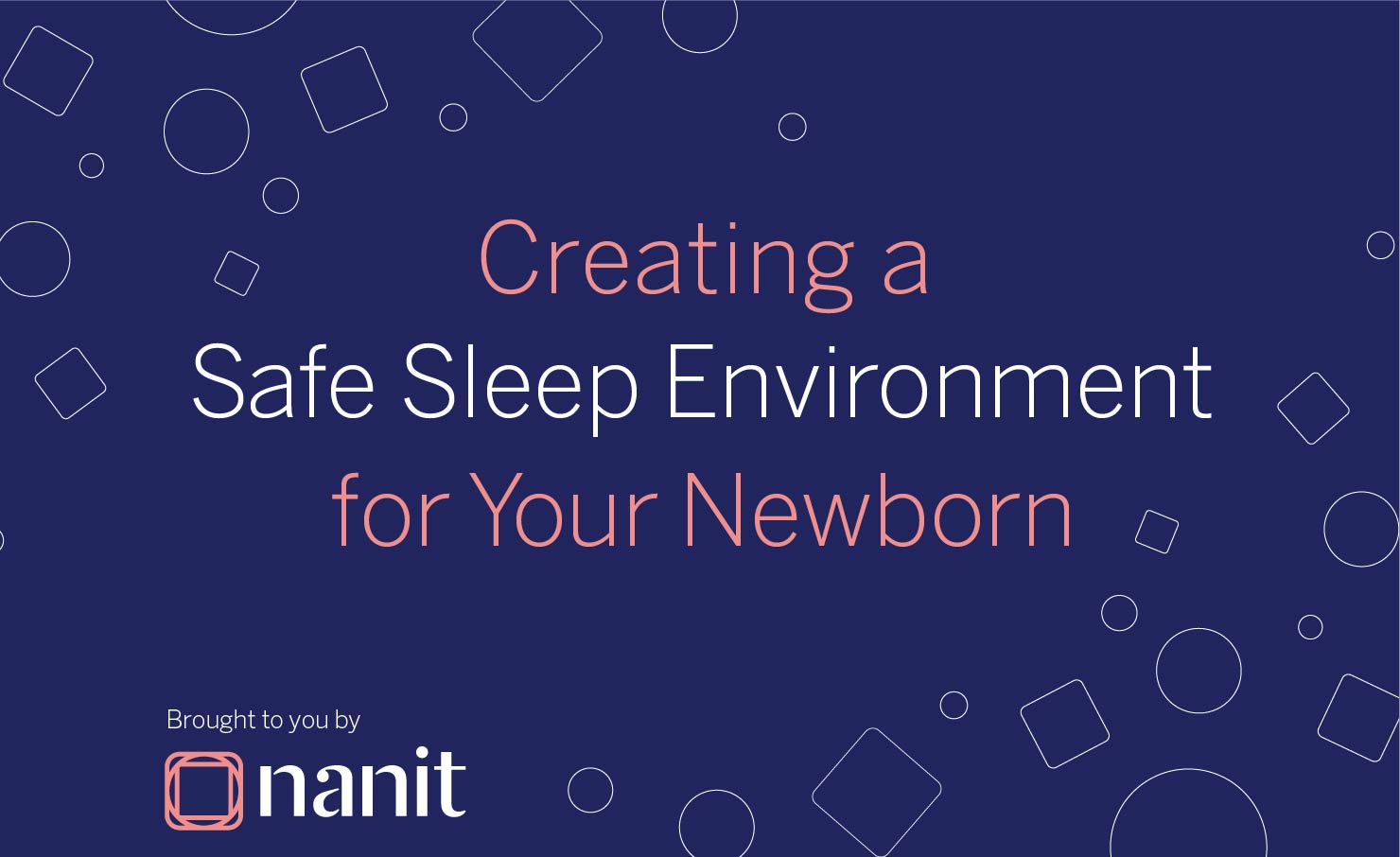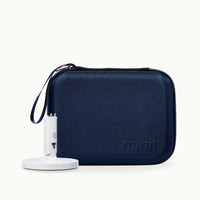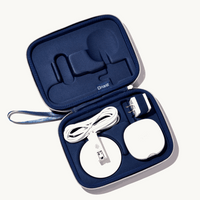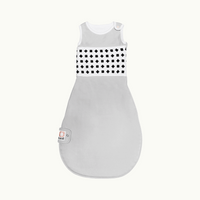While we, as parents, should absolutely take a proactive approach when it comes to preventing the most common and most fatal types of injuries for babies, many other safety measures can be considered “reactive”; meaning if over time you feel a need to use them due to a child’s curiosity or temperament, they can be added as-you-go. Drawer latches, corner protectors, door handle/knob covers and other babyproofing items may or may not be required based on your home’s layout, but using them off-the-bat will do no harm, either.
Here are my top tips, as a baby safety educator, to keep babies safe:
-
Even a newborn can roll! It’s very common for small babies to be injured in a fall from an elevated surface. Even on day one of their life, a newborn baby is capable of rolling. This rolling is easy to occur because of their body proportions: approximately 30% of their body weight is in their head as a young baby. Early rolling is not necessarily a developmental milestone: in many cases, the baby will stir or squirm in a way that causes them to roll. When babies are on an elevated surface, it is best to always have at least one hand on the baby, if not both. If you need to walk away from the baby on the elevated surface, three options to avoid this hazard are:
- Take the child with you
- Move them to the floor
- Place them in another safe location: someone’s arms, a crib, a bassinet, etc.
-
Stair gates: Falls on stairs are a leading cause of injury for children ages 6-24 months. There are two main types of stair gates that are currently on the market: hardware mounted gates that are screwed into the home, and pressure mounted gates that are tightened into place. At the top of the stairs, we should avoid using pressure mounted gates. Even relatively small babies have been known to knock pressure mounted gates out of place and fall down the stairs with the gate. Therefore we should always use hardware-mount gates at the top and, ideally, the bottom of the stairs, too. When gates are used on the same level, such as in a typical apartment, or if you’re blocking off a kitchen from a living room, either a hardware-mount gate or pressure-mount gate is fine in those scenarios. Take care not to use gates designed for pets in place of baby gates, as they aren’t made to the same standards. Additionally, baby gates should never be modified for pets, as they could then no longer be safe for the child.
-
Anchoring Furniture: According to the Consumer Product Safety Commission (CPSC), approximately every 43 minutes, a child in the US is injured in a tip-over incident when piece of furniture or TV falls on them. Every 12 days, someone dies.
I strongly encourage all parents: if there is just one babyproofing thing you do, please let it be anchoring your furniture to the wall. Not only do tip-over incidents happy quickly, they can be silent depending on how and where the furniture lands. Most of these incidents occur when children see something up high that they want to play with, and climb furniture to attempt to reach it.
The way I like to frame this for parents is to look at furniture through the eyes of a toddler:
-
- Does a bookcase look like a ladder?
- Can I pull the drawers out of a dresser and make a staircase?
- Is there something up high I want to play with, but can’t reach?
If the answer’s yes, then they’re going to try to climb that piece of furniture at some point.
Three very important resources parents can access to learn more about the important of anchoring furniture, and how to do it safely are:
-
- ChildproofingExperts.com (a website run by the International Association for Child Safety, which I am a member of)
- AnchorIt.gov (CPSC/Government campaign to promote anchoring furniture and TVs)
- MeghansHope.org (a parent advocacy page run by a mother whose child passed in a tip-over incident)
4. Cords: Cords are a known strangulation risk for babies and toddlers. Special care should be taken to avoid loose cords near their sleep areas. Loose cords should be kept a minimum of 3 feet away from a baby’s sleeping area. Cable management goes a long way when it comes to keep children safe. Consider purchasing “cable concealers”, adhesive plastic cable management channels, to fix cables safely to the wall and reduce the risk of strangulation.
5. Use a baby monitor! Baby monitors are a simple way for parents to have peace of mind that their baby is sleeping safely and out of harm’s way. Baby monitor technology has rapidly improved in the last few years, with many cameras now offering a much crisper view of baby as well as other features that can track the overall wellbeing of the baby. From a safety perspective, I am particularly fond of the Nanit Pro Camera and accessories for two reasons:
-
- Nanit’s cord-safe + ASTM Certified Wall Mount and Monitor Floor Stand options allow parents to keep their baby within view while the cable remains fully concealed and out of reach through a cable channel; making the rule of keeping loose cords at least 3ft from the crib easy to follow and prevents curious hands from being able to reach them.
- In addition to the monitor, Nanit’s Breathing Wear is designed with a unique pattern that the monitor can track in real time. This allows the monitor to display if the child is awake or asleep and how the child is breathing. In the event the monitor does not pick up breathing movement, the parent is notified via alarm on both the camera and the parent’s phone. While there are similar solutions on the market, Nanit is able to achieve this without sensors or wires on the baby using the patterned Breathing Wear, which removes the risks that other monitoring products may have.
6. Avoid making assumptions: At the end of the day my rule of thumb is to always avoid making assumptions about what a child can and can’t do. It’s when we assume that they can’t roll, crawl, walk, climb that they indeed do – and that’s when injuries happen.
While we should absolutely take a proactive approach when it comes to preventing the most common and most fatal types of injuries, many other safety measures can be considered “reactive”; meaning if over time you feel a need to use them due to a child’s curiosity or temperament, they can be added as-you-go. Drawer latches, corner protectors, door handle/knob covers and other babyproofing items may or may not be required based on your home’s layout, but using them off-the-bat will do no harm, either.
